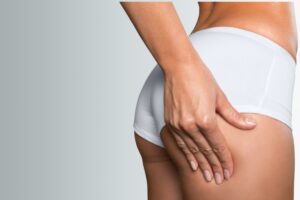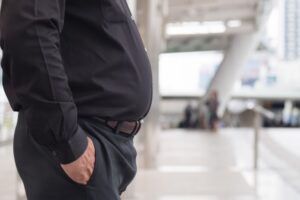 Autologous fat transfer has gained popularity as an effective, natural-looking strategy to enhance the appearance, particularly when performed by a qualified plastic surgeon. This innovative technique uses liposuction methods to safely harvest fat from an area of the patient’s choice (frequently the abdomen, thighs, or hips) and graft the fat back onto the body to restore volume. The potential benefits of fat transfer are not limited to augmented body contours, improved proportion and symmetry, and the reduction of age-related concerns (namely wrinkles).
Autologous fat transfer has gained popularity as an effective, natural-looking strategy to enhance the appearance, particularly when performed by a qualified plastic surgeon. This innovative technique uses liposuction methods to safely harvest fat from an area of the patient’s choice (frequently the abdomen, thighs, or hips) and graft the fat back onto the body to restore volume. The potential benefits of fat transfer are not limited to augmented body contours, improved proportion and symmetry, and the reduction of age-related concerns (namely wrinkles).
With this in mind, it’s important to understand that a significant portion of the transferred fat is almost always reabsorbed by the body in the months following the procedure. In fact, the majority of patients only retain about half of the implanted fat cells.* There are, however, certain strategies that our board-certified plastic surgeon, Charles Perry, MD, recommends for patients who wish to maximize the results of their fat transfer procedure:
- Adjust your sleeping position. Putting pressure on the treated area (i.e., the area where the fat was re-injected) can prompt fat reabsorption. For this reason, Dr. Perry advises patients to sleep in a position that limits pressure. For instance, if you have undergone a natural breast augmentation, consider sleeping on your back as you recover.
- Avoid smoking and alcohol. Before and after the procedure, refrain from smoking and excessive alcohol consumption. Both can compromise blood flow and hinder fat cell survival.
- Eat a healthy diet. Following your fat transfer surgery, we recommend you adhere to a nutrient-dense diet based on healthy fats, vitamins, and minerals. Nourishing your body properly can secure a sturdy bond between it and the newly-transferred fat.
- Listen to your body. If you attempt to rush your recovery by prematurely returning to exercise, you risk burning off the newly harvested fat and disrupting the effects of your surgery. Remember that everyone heals according to his or her own timeline, and Dr. Perry will tailor your entire experience to your unique needs.
Eager to learn more about fat transfer? Contact Chrysalis Cosmetics today!



